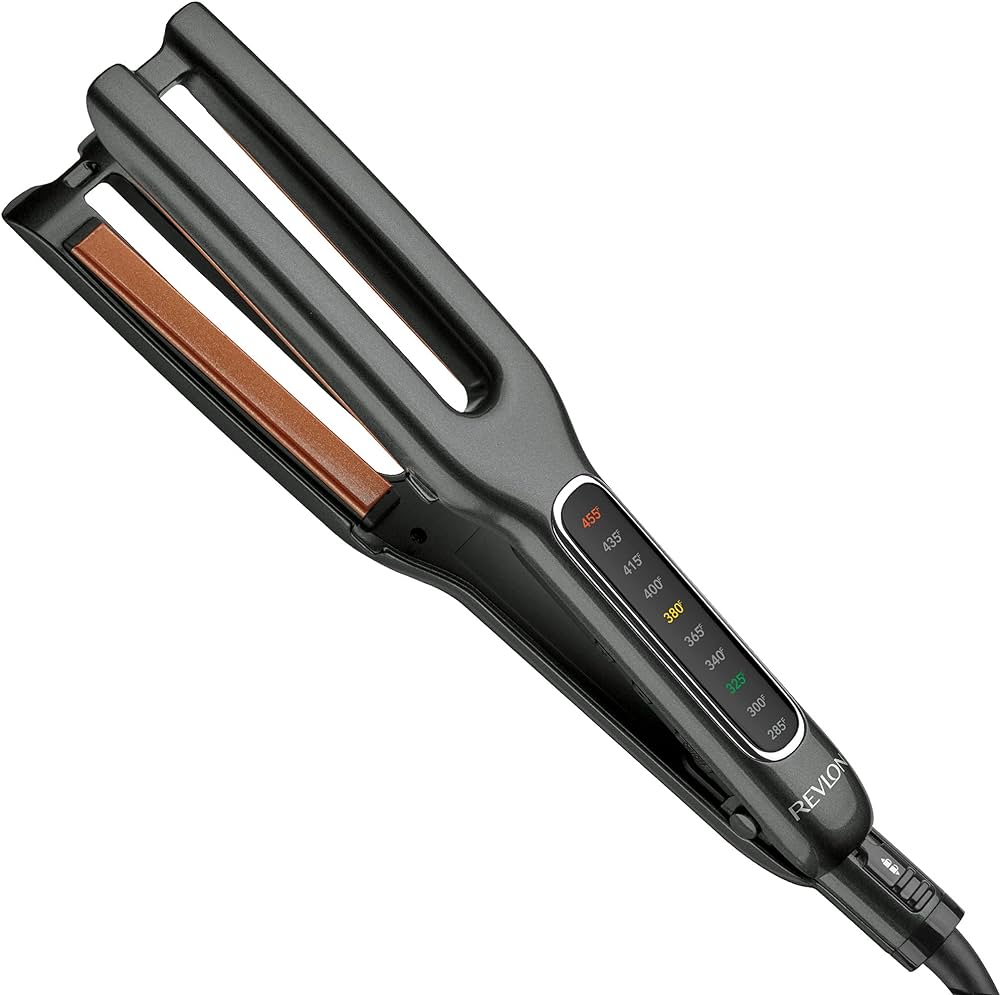Introduction
With concerns about the potential health risks associated with certain beauty and grooming products, it’s important to examine the relationship between hair straighteners and health conditions like uterine cancer. In recent years, public attention has focused on the potential connection between hair straighteners and an increased risk of uterine cancer. This comprehensive guide aims to explore the topic, providing specific information to help you understand the facts surrounding hair straighteners and uterine cancer. Through a clear and evidence-based discussion, we will address various aspects of this topic.
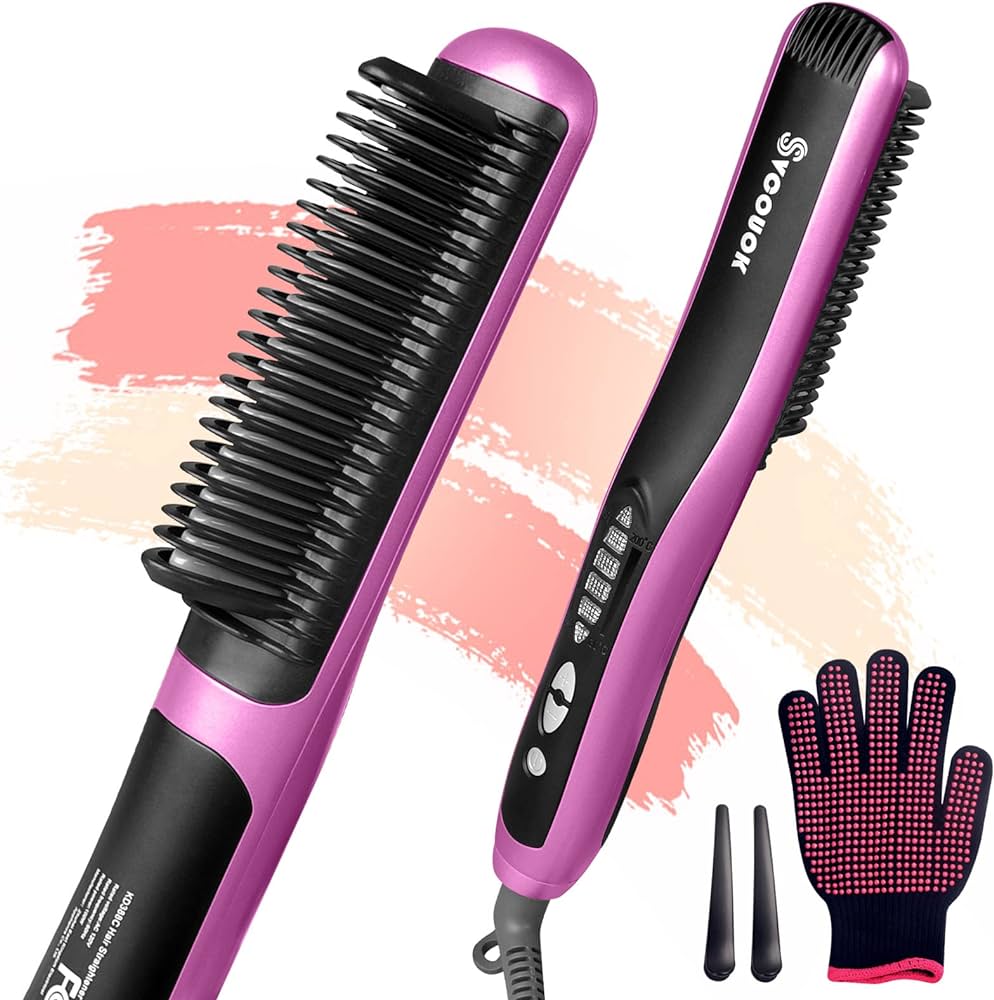
The Relationship between Hair Straighteners and Uterine Cancer: Understanding the Facts
I. Uterine Cancer: An Overview
-
Uterine Cancer Types:
- Uterine cancer refers to the abnormal growth of cells in the uterus. The two main types are endometrial cancer and uterine sarcoma, with endometrial cancer being the most common form.
-
Risk Factors:
- Several known factors contribute to an increased risk of developing uterine cancer, including advanced age, obesity, hormone imbalances, a history of certain medical conditions, and genetic predisposition. Identifying these risk factors is crucial in understanding the overall risk of developing uterine cancer.
II. Hair Straighteners and Chemical Composition
-
Hair Straighteners:
- Hair straighteners are styling tools commonly used to temporarily straighten curly or wavy hair. They work by applying heat to the hair, altering its structure.
-
Chemical Ingredients:
- Some hair straighteners contain chemical ingredients, such as formaldehyde-releasing agents or keratin treatments that may release formaldehyde when heated. Formaldehyde has been classified as a potential carcinogen, meaning it may have the ability to cause cancer in certain circumstances.
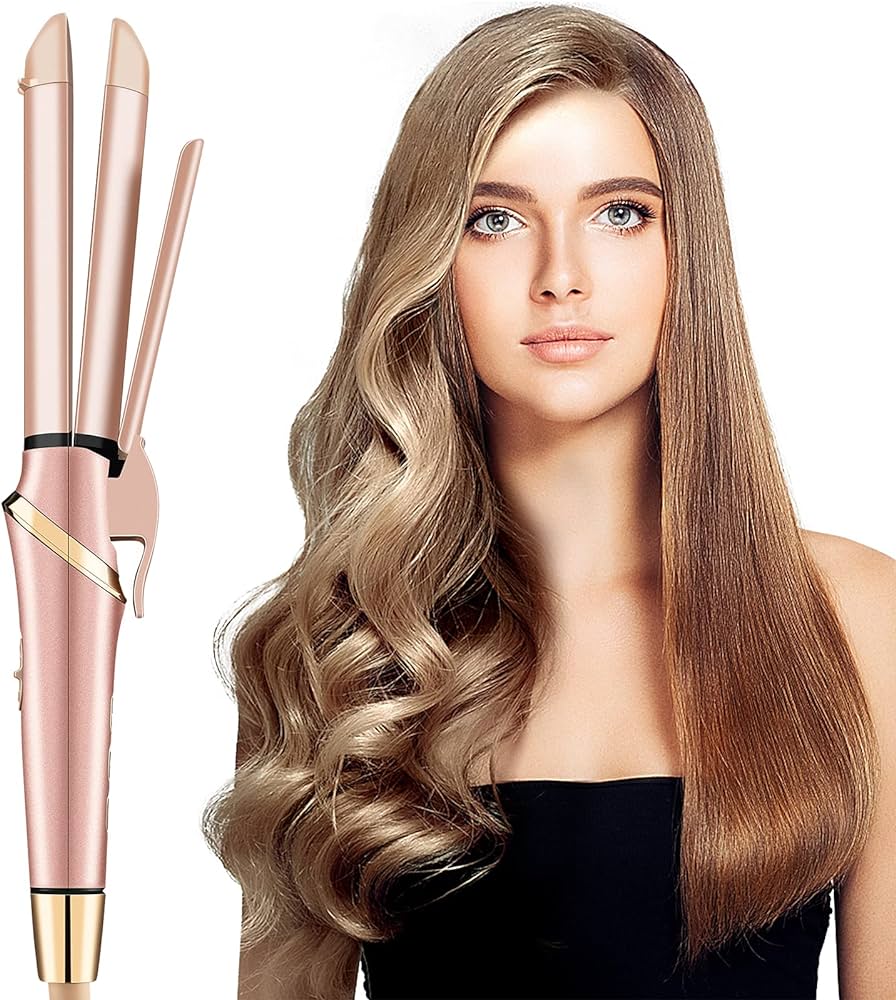
III. Scientific Studies and Findings
-
Research on Formaldehyde Exposure:
- Scientific studies and investigations have examined the potential health effects associated with exposure to formaldehyde, including possible links to cancer development.
-
Occupational Exposure:
- Studies primarily focus on occupational settings, such as hair salons, where hairdressers and stylists may have significant and prolonged exposure to formaldehyde due to their work environment.
-
Limited Evidence for Consumer Use:
- Current research lacks concrete evidence to support an association between hair straighteners used in a consumer setting and an increased risk of uterine cancer. However, more research is needed to fully understand the potential risks.
IV. Safety Guidelines and Recommendations
-
Follow Manufacturer Instructions:
- When using any hair straightener, it is essential to read and follow the manufacturer’s instructions for safe and proper use. Adhering to these guidelines can minimize potential risks.
-
Ventilation and Personal Protective Equipment:
- Utilize proper ventilation in the area where hair straightening is conducted to reduce exposure to any chemicals that may be present. In professional settings, hairdressers are advised to follow occupational safety guidelines, including the use of personal protective equipment.
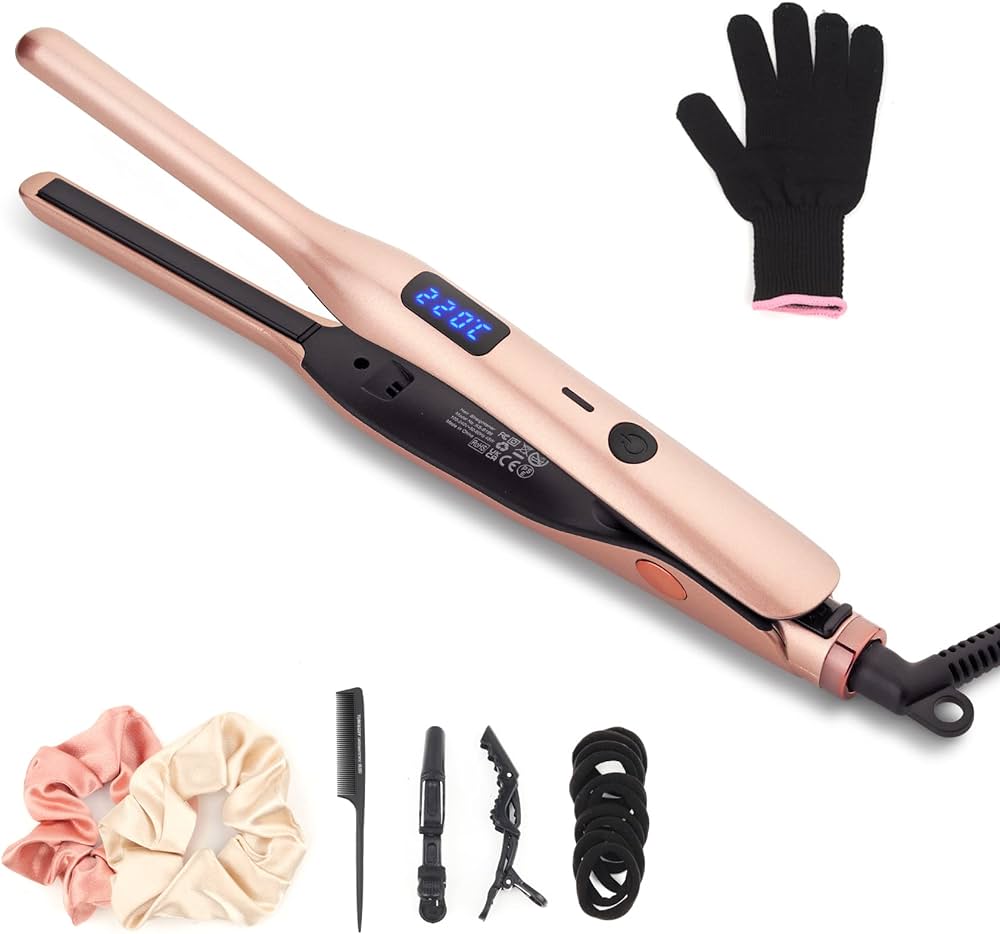
V. Other Factors to Consider
-
Complete Exposure Assessment:
- Evaluating the overall risk of cancer development involves considering a multitude of factors, including genetic predisposition, family history, lifestyle factors, and other environmental exposures.
-
Individual Differences in Sensitivity:
- People may have varying levels of sensitivity or susceptibility to certain chemicals. One individual’s reaction to chemical exposure may differ from another’s.
VI. Maintaining Overall Health
-
Regular Check-Ups:
- Regular screenings and check-ups with healthcare providers can help detect potential health issues, including uterine cancer, at an early stage.
-
Lifestyle Choices:
- Focus on leading a healthy lifestyle by maintaining a balanced diet, engaging in regular physical activity, managing stress levels, and avoiding known risk factors for cancer development.
VII. Ongoing Research and Recommendations
-
Continued Investigation:
- Ongoing research aims to further assess the potential risks associated with hair straighteners and their chemical ingredients. Authorities and scientific institutions are actively monitoring and evaluating these products.
-
Regulatory Measures:
- Regulatory bodies are responsible for ensuring the safety of cosmetic and beauty products. They regularly review and update safety standards, taking into account new scientific findings.
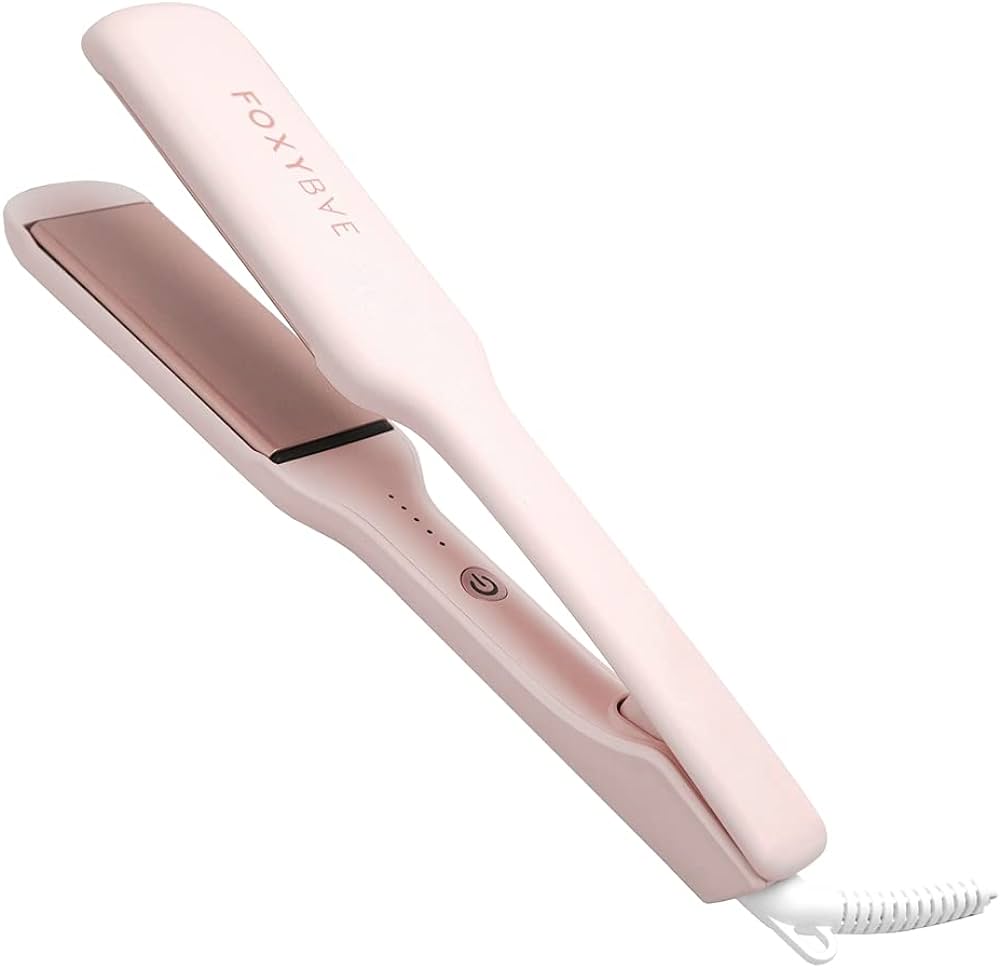
Consumer Tips for Safe Hair Straightener Use
-
Choose Formaldehyde-Free Products:
- When purchasing hair straighteners or keratin treatments, opt for products that are labeled as formaldehyde-free. Check the ingredient list and research reputable brands known for their commitment to safety.
-
Heat the Hair Safely:
- Avoid excessive heat when using a hair straightener. Use the lowest effective temperature setting that achieves the desired result. High heat can damage hair and potentially exacerbate any risks associated with chemical ingredients.
-
Limit Frequency and Duration:
- Minimize the frequency and duration of hair straightening sessions to reduce potential exposure. Consider alternative styling methods or embrace natural hairstyles to give your hair a break.
-
Use in Well-Ventilated Areas:
- Whenever possible, use hair straighteners in well-ventilated areas to disperse any fumes that may be produced during the heating process. Open windows or use fans to promote air circulation.
-
Conduct a Patch Test:
- Before using a new hair straightener or treatment, conduct a patch test on a small section of hair and monitor your scalp and skin for any adverse reactions. Discontinue use if you experience any discomfort or irritation.
-
Stay Informed:
- Regularly seek updated information from reputable sources, such as health and safety organizations or governmental agencies, to stay informed about any emerging research or safety recommendations regarding hair straighteners.
Personal Choices and Risk Mitigation
-
Individual Risk Assessment:
- Each individual carries unique characteristics and risk factors that contribute to their overall health. Consulting with healthcare professionals and understanding personal health history helps assess individual risk levels.
-
Balancing Personal Preference:
- It is important to find a balance between personal appearance preferences and potential risks associated with beauty and grooming practices. Make informed choices that align with your values and comfort levels.
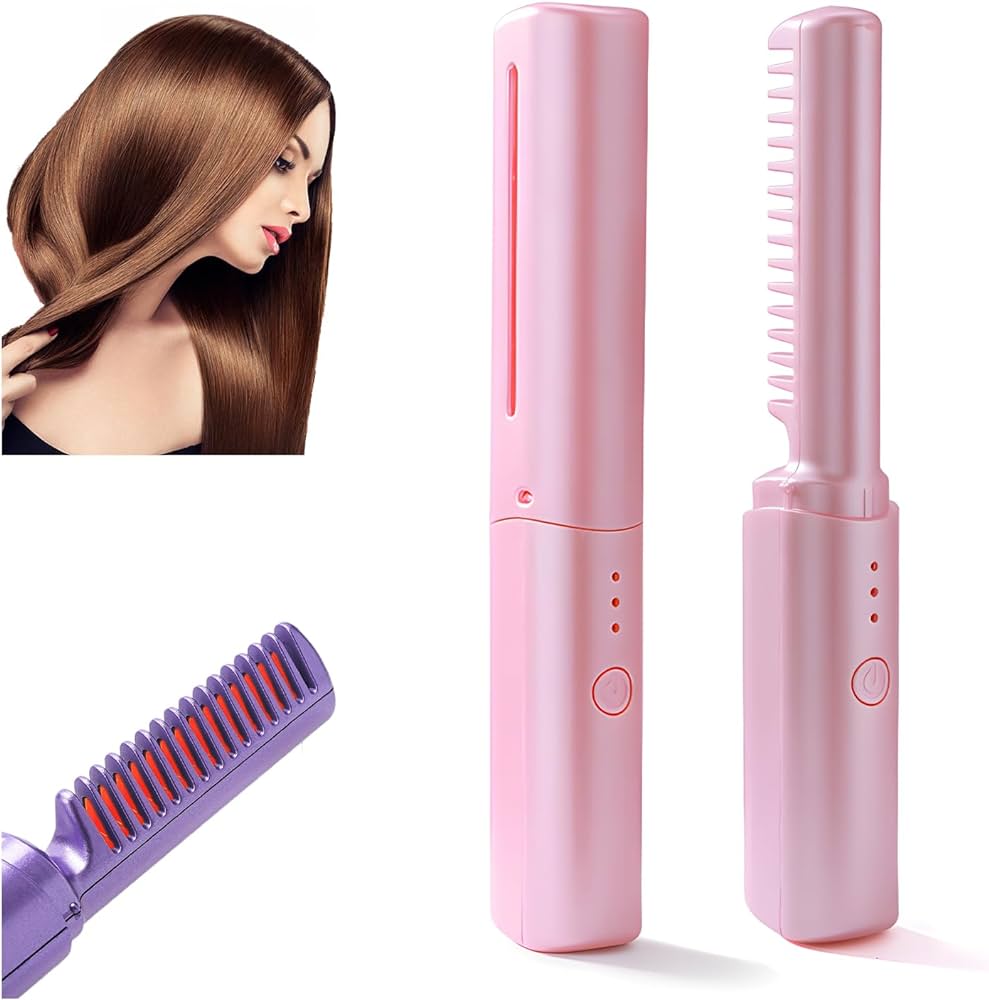
VIII. Conclusion: Awareness and Continued Assessment
As concerns about health risks and beauty products arise, it is essential to understand the facts surrounding hair straighteners and their potential link to uterine cancer. While scientific studies have focused on occupational exposure to formaldehyde, limited evidence suggests a connection between hair straighteners used in consumer settings and an increased risk of uterine cancer.
It is crucial to follow safety guidelines, including proper ventilation and personal protective equipment, when using hair straighteners. Additionally, maintaining overall health through regular check-ups, healthy lifestyle choices, and awareness of other risk factors can contribute to overall well-being.
Ongoing research and regulatory measures continue to assess the potential risks associated with hair straighteners. Staying informed and relying on credible scientific sources is important in understanding current findings and recommendations regarding the safe use of hair straightening products.
